Cult Classic Film Reviews
by Jessica Jerskey
The Forbidden Zone (1980)
This film is what would happen if David Lynch and Fellini had a love child that went on to create some alternative version of
‘Pee Wee’s Playhouse’. Produced and directed by Richard Elfman (Yes, Danny Elfman’s brother), co-written by Matthew Bright, and
scored by Danny Elfman, the project cost Elfman his home and left them bankrupt. They claim that it was totally worth it. I agree.
Originally shot in black and white in 1978, The Forbidden Zone was colorized in 2002, creating a stir among the cult cinephile
community. The plot is more or less irrelevant once you go down the rabbit hole, or in this case, through a door in the basement,
which leads you through a maze of intestines, pushing you out into the 6th dimension.
Featuring a number of highly unusual characters, one might wonder, what were they smoking …? But seriously, from a giant frog in
a butler suit, to beautiful topless women running around some sort of BDSM cave, the world is Richard Elfman’s oyster, and we
are here for it.
I don’t want to give away too many of the visual treats but I can tell you that this movie is so worth a watch. Especially if you
are a fan of absurdist visuals and surreal fantasy. One of the highlights of this film is seeing Danny Elfman himself starring as
the Devil. Just in time for the spooky season!
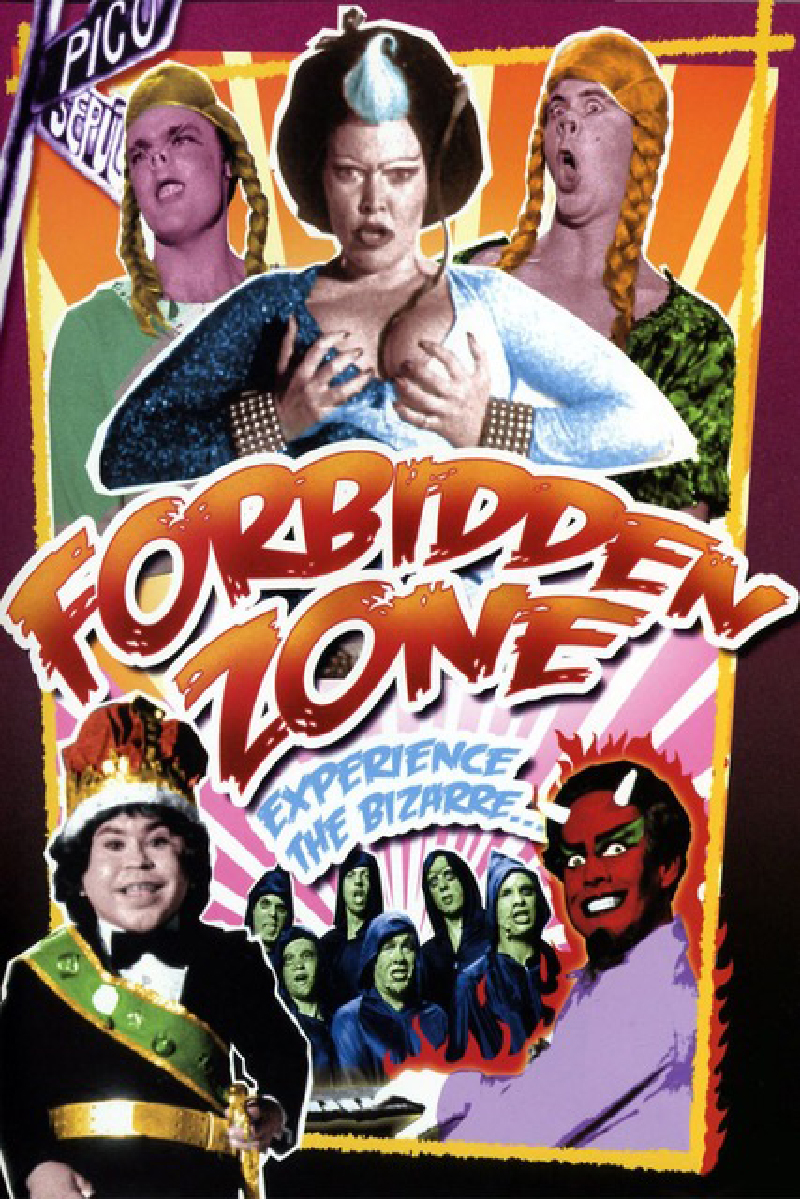 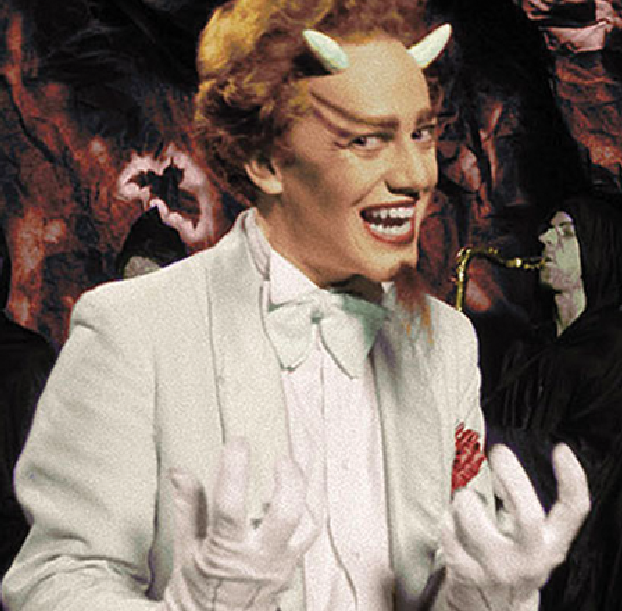
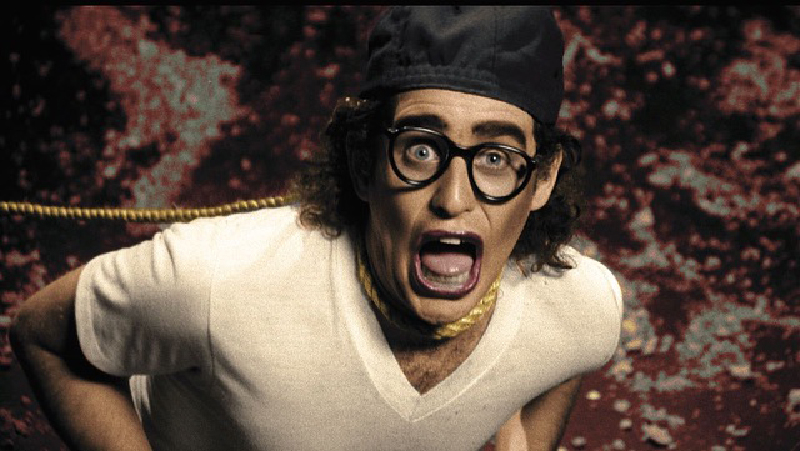
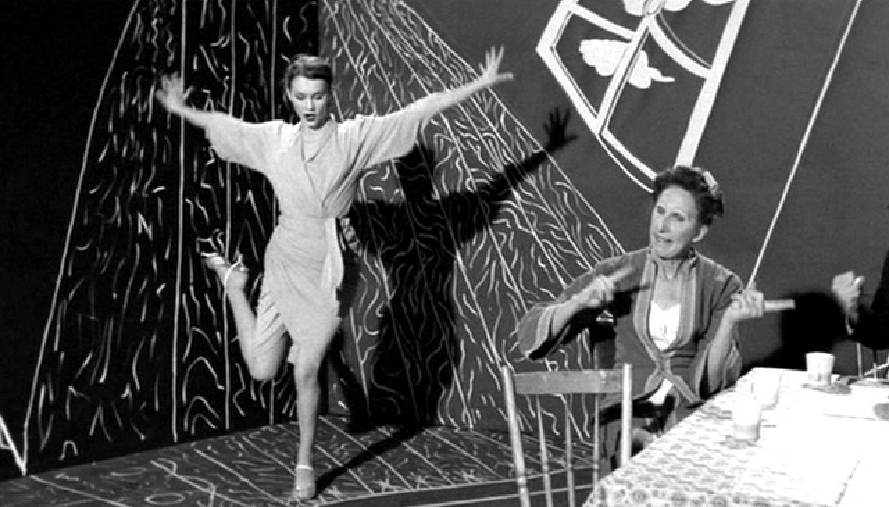
Nosferatu the Vampyre (1979)
Visually, this film is as whimsical as a dream. The screenplay, written by Werner Herzog (and directed by him), is loosely
based on ‘Dracula’ by Bram Stoker, and is an homage to F.W. Murnau’s original silent film, ’Nosferatu’ (1922). Released
in 1979, the cast remains flawless,: Isabelle Adjani (as Lucy), Bruno Ganz (as Jonathan), and the terrifying Klaus Kinski
(appropriately playing Dracula). Between these three acting powerhouses, and a directing god like Herzog, it already has
you bewitched before it’s even begun.
Amid the moody, cool toned shots of the Norwegian seaside to the bleak interiors of Draculas gothic castle, this adaptation
is bound to send chills down your spine. Very in line with Herzog’s film rhetoric, he states that, "It is more than a
horror film. Nosferatu is not a monster, but an ambivalent, masterful force of change. When the plague threatens, people
throw their property into the streets; they discard their bourgeois trappings. A re‐evaluation of life and its meaning
takes place.”
Unlike other Dracula adaptations, this film displays a more empathetic take on Dracula. Despite being an incarnation of
evil, he is also a man suffering for love. Without delving too far into the plot, I can say that it is a work of art,
and the way in which Herzog illustrates his stories is so successfully atmospheric that you feel as if you’ve been
transported to another place and time.
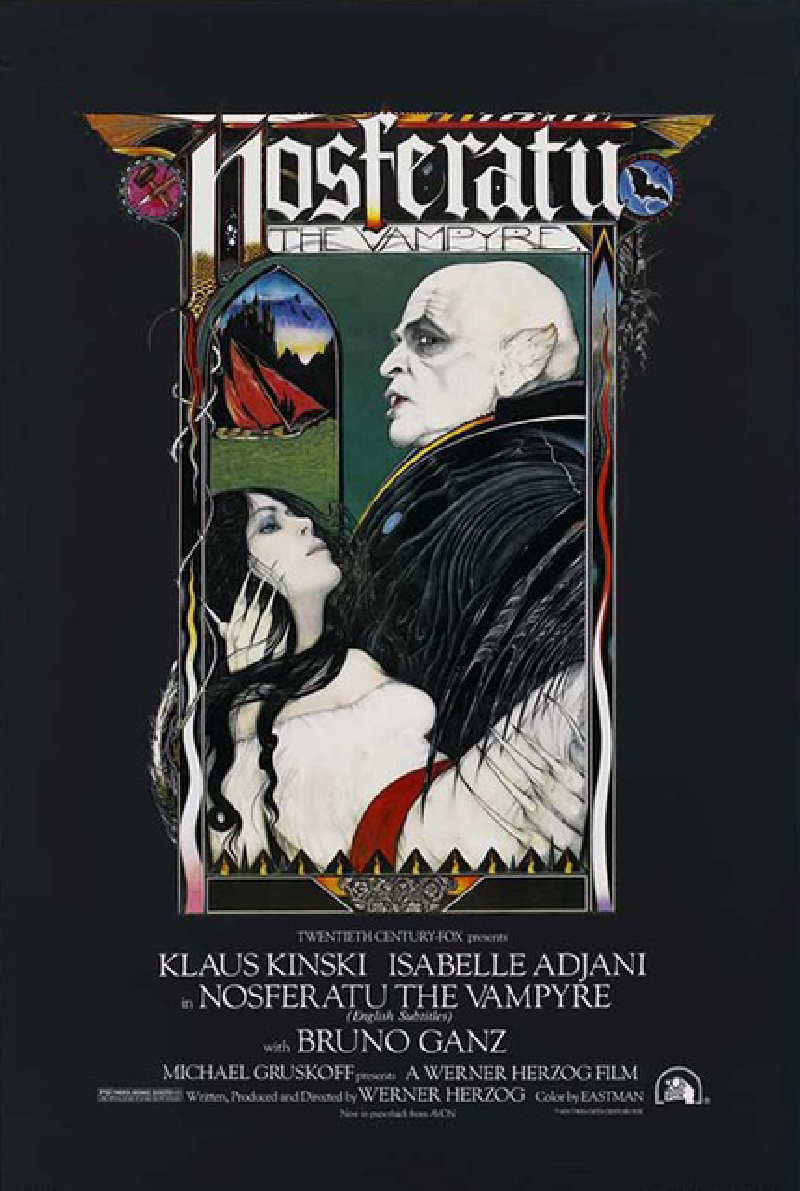
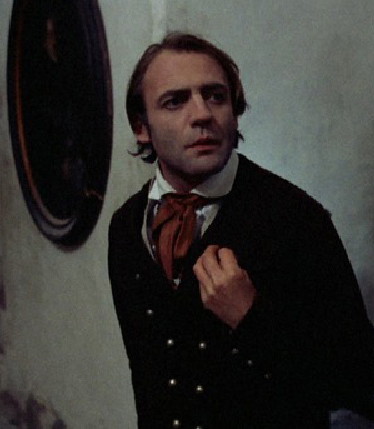
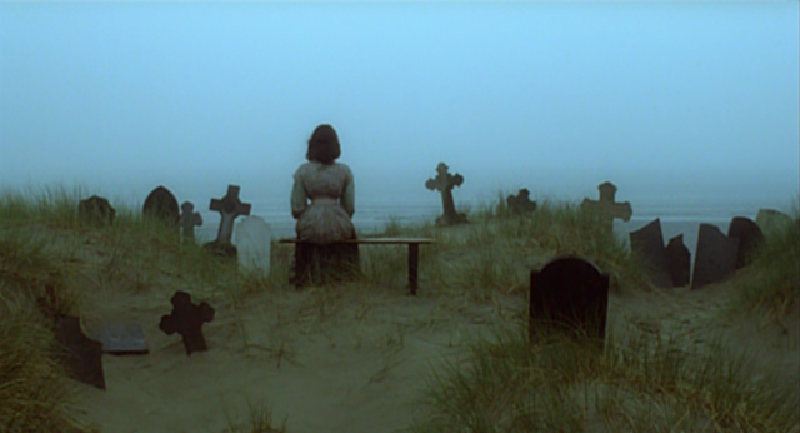
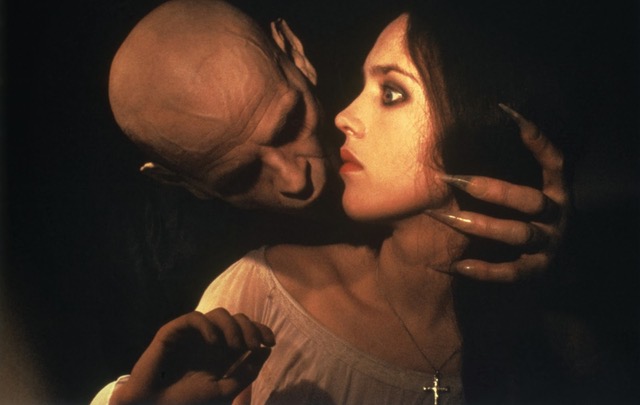
Valerie and Her Week of Wonders (1970) Fantasy/Horror
Are you ready for witchcraft, vampires, and magic? Believe it or not, ‘Valerie and Her Week of Wonders’ is actually
a coming of age film, based on the 1935 novel by Vitezlav Nezval, directed by the Czechoslovakian Jaromil Jires.
This enigmatic little treasure has somehow managed to slip through the cracks of mainstream 70’s cinema.
The film takes place in a dreamy small town in nineteenth century Czechoslovakia. Featuring gauzy shots of the well
the preserved renaissance-era town’s center. Valerie, a beautiful 13 year old orphan, is transitioning from child to woman.
Throughout her transformation she encounters a mix of grotesque and dreamy characters.
We are taken to a world of magic, nymphs, wells filled with daisies, cobwebs, and monsters. It is ambiguous wether we
are perceiving reality, or if we are with her in the depths of her vivid imagination. Occultism and realism play heavy
hands in the theme of this fairytale. One thing that is made clear, ‘Valerie and Her Week of Wonders’ dissects and
examines the age old journey, ‘the search for self’.
This rich example of Czech folklore explores the metamorphosis of a young girls journey into womanhood in a truly
surreal and stunning way. If you’re in the mood to be transported to the enchanting world of childhood innocence, and
the haunting realm of the netherworld, this is the ticket.
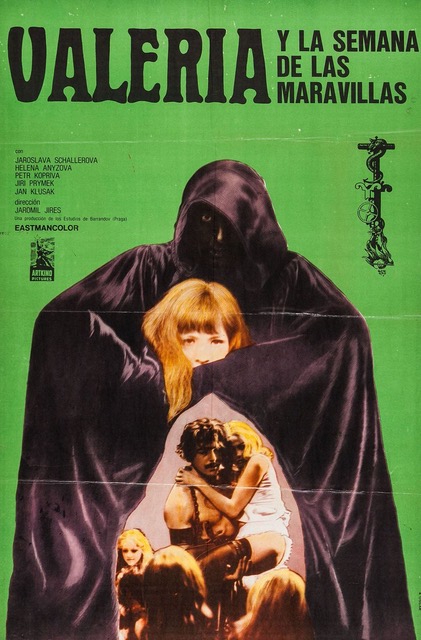
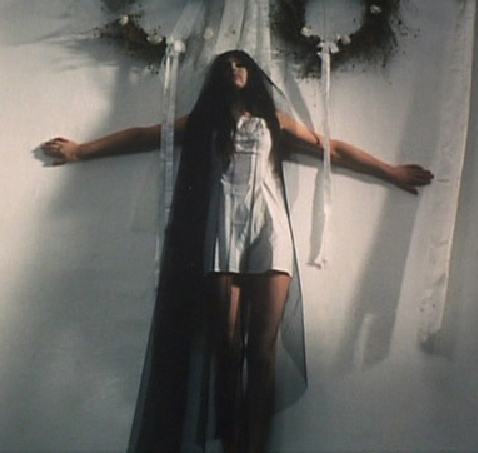

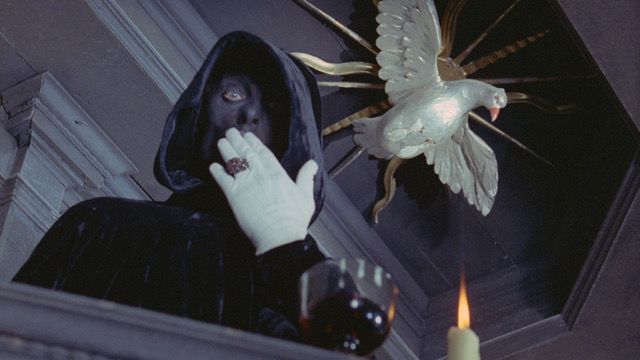
|
|

